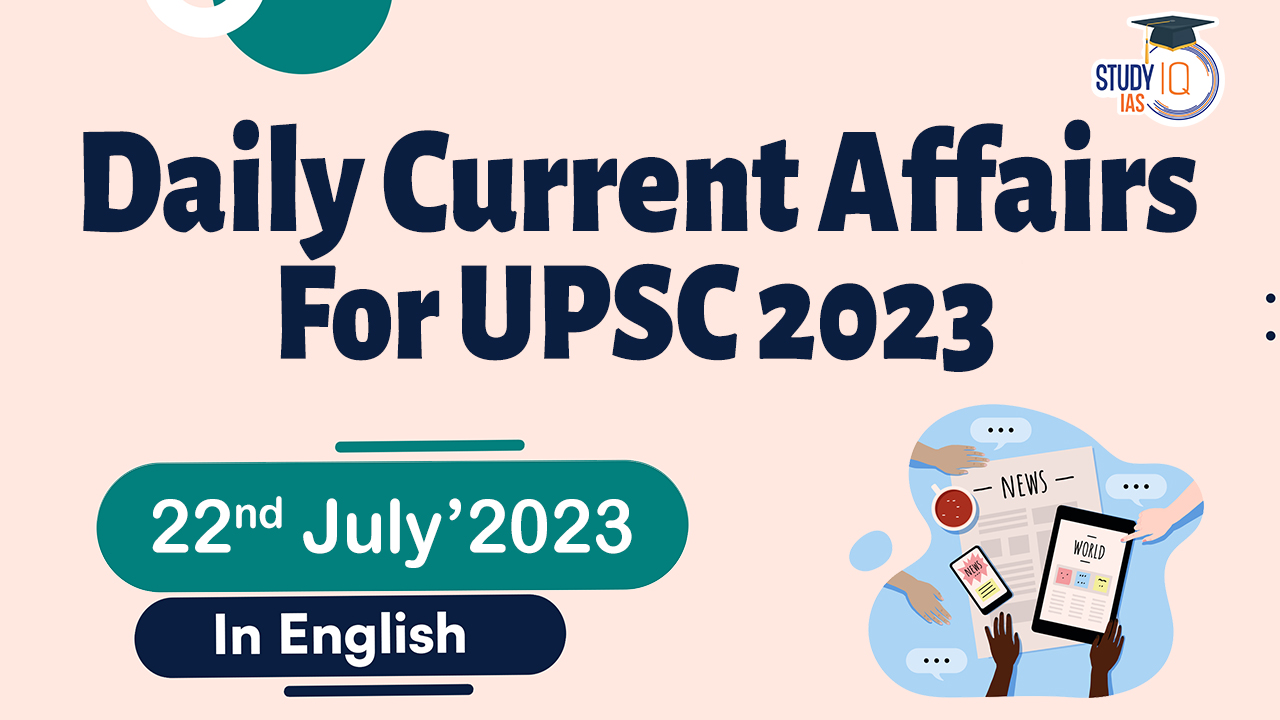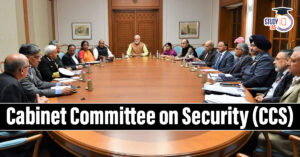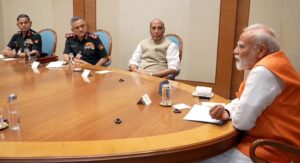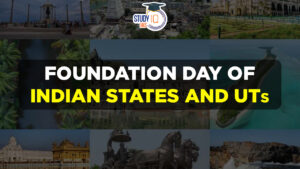Daily Current Affairs for UPSC 2023
Q) Which one of the following member has joined Shanghai Cooperation Organization (SCO) as its ninth member?
- Armenia
- Iran
- Belarus
- Azerbaijan
Daily Current Affairs for UPSC – 21 July April 2023
Explanation:
- Option (2) is correct: Iran has joined Shanghai Cooperation Organisation (SCO) as the ninth member of the organisation. Shanghai Cooperation Organisation (SCO) is a permanent intergovernmental international organization founded in Shanghai on 15 June 2001. The SCO has been an observer in the UN General Assembly since 2005. The SCO was built on the ‘Shanghai Five’ grouping of Russia, China, Kazakhstan, Kyrgyzstan and Tajikistan, which had come together in the post-Soviet era in 1996, to work on regional security, reduction of border troops, and terrorism. In 2001, the Shanghai Five inducted Uzbekistan into the group and named it the SCO. SCO pursues its internal policy based on the principles of mutual trust, mutual benefit etc. SCO’s external policy is conducted in accordance with the principles of non-alignment, non-targeting any third country, and openness. Currently, eight countries enjoy the status of the SCO full members: India, Kazakhstan, China, Kyrgyzstan, Russia, Pakistan, Tajikistan and Uzbekistan. India and Pakistan were admitted as full members in 2017. Afghanistan, Belarus, Iran and Mongolia have an observer status with the SCO. Azerbaijan, Armenia, Cambodia, Nepal, Turkey and Sri Lanka have a dialogue partner status.
Q) Consider the following statements about Open Network for Digital Commerce (ONDC):
- ONDC is an open-source platform that was incorporated as a non-profit organization under the Companies Act of 2013.
- A buyer registered on one e-commerce site may purchase goods from a seller on another participating e-commerce site.
- ONDC is an initiative by the Department for Promotion of Industry and Internal Trade.
How many of the statements given above are correct?
- Only one
- Only two
- All three
- None
Explanation:
- Statement 1 and 3 are correct: Open Network for Digital Commerce (ONDC), the open e-commerce network by the government has officially launched its ONDC Academy to offer e-learning series for all participants. Open Network for Digital Commerce (ONDC) is an initiative by the Department for Promotion of Industry and Internal Trade (DPIIT) to create an open-source platform that can enable a unified digital commerce ecosystem in the country. It aims at promoting open networks for all aspects of exchange of goods and services over digital or electronic networks. ONDC was incorporated as a Section 8 (Non- Profit Organization under Companies Act 2013) company in December 2021
- Statement 2 is correct: Under ONDC, it is envisaged that a buyer registered on one participating e-commerce site (for example, Amazon) may purchase goods from a seller on another participating e-commerce site (for example, Flipkart). The Quality Council of India and Protean e-Gov Technologies Limited are its initial promoters. Implementation of ONDC, which is expected to be on the lines of Unified Payments Interface (UPI) could bring various operational aspects put in place by e-commerce platforms to the same level.
Q) With reference to Parole and Furlough, consider the following statements:
- The Prisons Act of 1894 governs parole and vacation.
- Parole is granted in cases of long-term imprisonment.
- A furlough is a method of releasing a prisoner while also suspending their sentence.
How many of the statements given above are correct?
- Only one
- Only two
- All three
- None
Explanation:
- Statement 1 is correct: Parole and furlough are two different systems used in the context of releasing prisoners temporarily under certain conditions. These provisions are aimed at reforming the prison system and helping prisoners maintain family and social ties while serving their sentences. Parole and furlough are covered under the Prisons Act of 1894.
- Statement 2 is incorrect: Parole is a system of releasing a prisoner with suspension of the sentence. The release is conditional, usually subject to behavior, and requires periodic reporting to the authorities for a set period of time. Parole is not a right, and is given to a prisoner for a specific reason, such as a death in the family or a wedding of a blood relative. It may be denied to a prisoner even when he makes out a sufficient case, if the competent authority is satisfied that releasing the convict would not be in the interest of society.
- Statement 3 is incorrect: Furlough is similar to parole, but with some significant differences. It is given in cases of long-term imprisonment. The period of furlough granted to a prisoner is treated as remission of his sentence. Unlike parole, furlough is seen as a matter of right for a prisoner, to be granted periodically irrespective of any reason, and merely to enable the prisoner to retain family and social ties, and to counter the ill-effects of prolonged time spent in prison.
Q) Consider the following statements about President’s Rule:
- President’s Rule can be imposed if the assembly loses its majority as a result of vote of no confidence.
- The revocation of a president’s rule needs the approval of Parliament.
- The proclamation of the president’s rule is not subject to judicial review.
How many of the statements given above are correct?
- Only one
- Only two
- All three
- None
Explanation:
- Statement 1 is correct: According to Article 356, the President can impose emergency in a state when there is a breakdown of the constitutional machinery. Breakdown of a coalition leading to the Chief minister having minority support in the house and the Chief minister fails to prove majority, within a time prescribed by the Governor of that state. The President rule can be imposed in case of loss of majority in the assembly due to a vote of no-confidence in the house.
- Statement 2 is incorrect: A proclamation imposing President’s Rule must be approved by both the Houses of Parliament within two months from the date of its issue. The approval takes place through simple majority in either House, that is, a majority of the members of the House present and voting. A proclamation of President’s Rule can be revoked through a subsequent proclamation in case the leader of a party produces letters of support from a majority of members of the Assembly and stakes his claim to form a government. The revocation does not need the approval of Parliament.
- Statement 3 is incorrect: In the S.R. Bommai case (1994), the Supreme Court of India put forth strict guidelines for the imposition of Article 356. The proclamation (of President’s Rule) is subject to judicial review on grounds of mala fide intention. The imposition of Article 356 should be justified by the centre. The court has the power to revive the suspended or dissolved state government if the ground for the imposition is found to be invalid and unconstitutional.
Q) With reference to livestock sector in India, consider the following statements:
- The livestock sector contributes about one-fourth of total agriculture’s GDP.
- The Department of Animal Husbandry and Dairy has established a credit guarantee fund to extend credit to livestock based MSMEs.
Which of the statements given above is/are correct?
- 1 only
- 2 only
- Both 1 and 2
- Neither 1 nor 2
Explanation:
- Statement 1 is correct: India is the highest livestock owner of the world. As per the 20th Livestock Census, the total Livestock population is 535.78 million in the country showing an increase of 4.6% over Livestock Census-2012. Livestock contributed 16% to the income of small farm households as against an average of 14% for all rural households. Livestock provides livelihood to two-third of rural community. It also provides employment to about 8.8 % of the population in India. Livestock sector contributes 4.11% GDP and 25.6% of total Agriculture GDP. The livestock sector grew at a CAGR of 7.9% during 2014-15 to 2020- 21 (at constant prices).
- Statement 2 is correct: The Department of Animal Husbandry and Dairy has set up a credit guarantee fund trust of Rs 750 crore, which will cover up to 25 per cent of credit facilities extended to eligible MSMEs by lending institutions. The trust, formed in partnership with NAB Sanrakshan Trustee Company Private Ltd, a subsidiary of NABARD, ensures credit guarantee for MSMEs under the AHIDF scheme.


 Cabinet Committee on Security (CCS): Com...
Cabinet Committee on Security (CCS): Com...
 National Security Advisory Board revampe...
National Security Advisory Board revampe...
 Foundation Day of Indian States and UTs,...
Foundation Day of Indian States and UTs,...





















